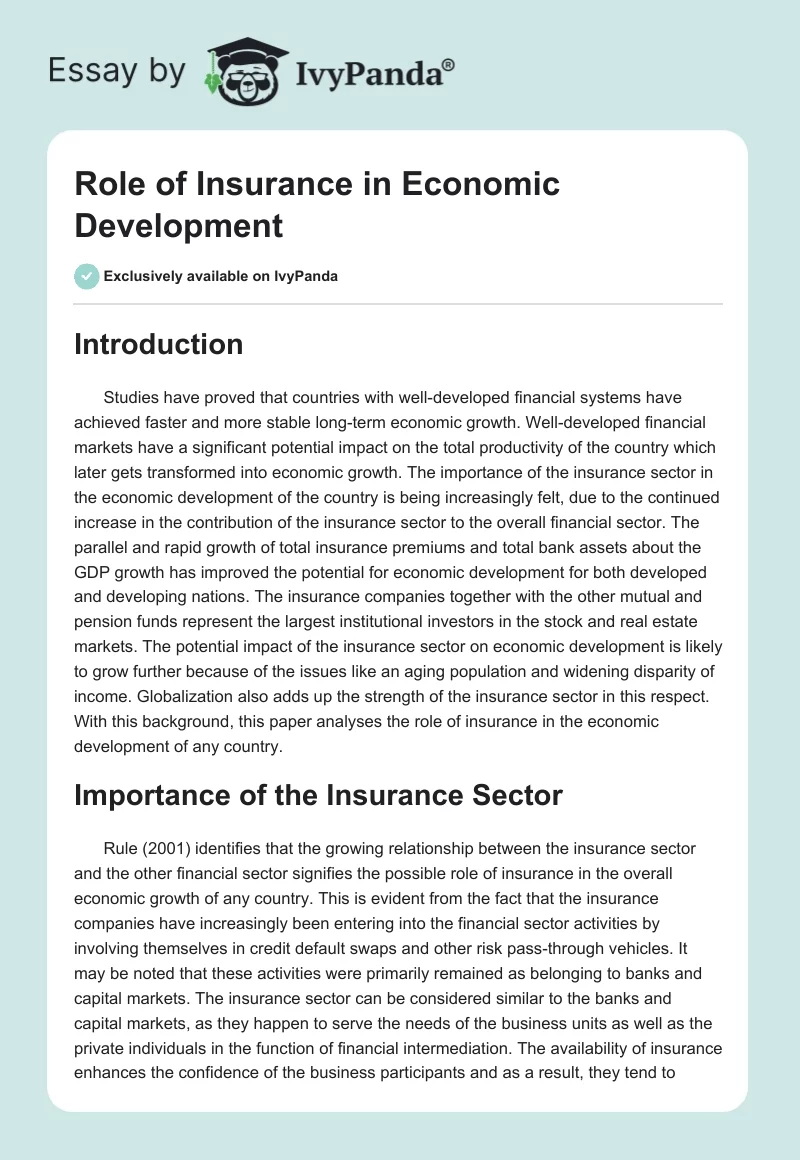The 6-Second Trick For Pacific Prime
The 6-Second Trick For Pacific Prime
Blog Article
Facts About Pacific Prime Revealed
Table of ContentsHow Pacific Prime can Save You Time, Stress, and Money.Fascination About Pacific PrimeThe Best Guide To Pacific PrimePacific Prime - The Facts9 Easy Facts About Pacific Prime Described

This is since the information were collected for a duration of solid economic efficiency. Of the approximated 42 million people that were uninsured, just about concerning 420,000 (concerning 1 percent) were under 65 years of age, the age at which most Americans come to be qualified for Medicare; 32 million were adults between ages 18 and 65, about 19 percent of all adults in this age; and 10 million were kids under 18 years of age, concerning 13.9 percent of all children (Mills, 2000).
These quotes of the variety of persons without insurance are created from the annual March Supplement to the Existing Populace Survey (CPS), performed by the Demographics Bureau. Unless otherwise kept in mind, nationwide quotes of people without medical insurance and proportions of the population with various sort of protection are based on the CPS, one of the most widely used resource of estimates of insurance coverage and uninsurance rates.
Getting My Pacific Prime To Work

Still, the CPS is specifically helpful since it creates annual estimates reasonably rapidly, reporting the previous year's insurance coverage approximates each September, and due to the fact that it is the basis for a constant set of estimates for greater than 20 years, allowing for analysis of patterns in insurance coverage with time. For these factors, along with the considerable use the CPS in other studies of insurance coverage that are offered in this record, we depend on CPS quotes, with restrictions noted.

The quote of the variety of without insurance people expands when a populace's insurance policy standing is tracked for a number of years. Over a three-year duration beginning early in 1993, 72 million individuals, 29 percent of the U.S. https://pacificpr1me.blog.ss-blog.jp/2024-04-03?1712088442. populace, lacked coverage for at the very least one month. Within a solitary year (1994 ), 53 million individuals experienced a minimum of a month without protection (Bennefield, 1998a)
Six out of every ten without insurance grownups are themselves employed. Working does boost the likelihood that one and one's household members will certainly have insurance coverage, it is not a warranty. Even members of families with 2 full time wage earners have practically a one-in-ten chance of being without insurance (9.1 percent uninsured rate) (Hoffman and Pohl, 2000).
Our Pacific Prime PDFs
New immigrants represent a substantial percentage of people without health insurance policy. One analysis has connected a considerable portion of the recent development in the dimension of the U.S. uninsured population to immigrants that got here in the country between 1994 and 1998 (Camarota and Edwards, 2000). Recent immigrants (those who involved the United States within the past four years) do have a high price of being uninsured (46 percent), however they and their youngsters account for just 6 percent of those without insurance policy country wide (Holahan et al., 2001).
The connection between medical insurance and access to care is see it here well established, as documented later on in this phase. The connection between health insurance and health end results is neither direct neither simple, an extensive medical and wellness solutions research study literature links wellness insurance policy protection to enhanced access to care, better top quality, and improved personal and populace health and wellness status.
Levels of evaluation for examining the results of uninsurance. This conversation of medical insurance coverage concentrates mostly on the U.S. population under age 65 due to the fact that practically all Americans 65 and older have Medicare or various other public coverage. In addition, it focuses especially on those with no medical insurance for any size of time.
The Single Strategy To Use For Pacific Prime
The troubles faced by the underinsured are in some areas similar to those faced by the uninsured, although they are normally much less extreme. group insurance plans. Uninsurance and underinsurance, nonetheless, entail clearly various plan concerns, and the approaches for resolving them might vary. Throughout this research study and the 5 reports to follow, the main emphasis gets on individuals without any health and wellness insurance coverage and therefore no support in paying for wellness treatment beyond what is available via charity and safeguard establishments
Medical insurance is a powerful variable influencing receipt of care because both patients and medical professionals react to the out-of-pocket cost of services - https://www.webtoolhub.com/profile.aspx?user=42386420. Medical insurance, however, is neither required nor enough to access to medical services. The independent and direct effect of health insurance policy protection on access to health services is well developed.
Others will certainly obtain the healthcare they need also without wellness insurance, by paying for it out of pocket or seeking it from companies that offer treatment free or at highly subsidized rates. For still others, medical insurance alone does not guarantee receipt of care as a result of various other nonfinancial obstacles, such as an absence of healthcare suppliers in their community, restricted accessibility to transport, illiteracy, or linguistic and cultural differences.
The Single Strategy To Use For Pacific Prime
Formal research study concerning uninsured populations in the United States dates to the late 1920s and very early 1930s when the Board on the Price of Healthcare produced a series of reports regarding funding physician office brows through and hospitalizations. This problem ended up being prominent as the varieties of clinically indigent climbed up during the Great Anxiety.
Report this page